The blade: which steel to choose?
For the blade of an outdoor knife, lots of different metals are available, each with their own pros and cons. To make it extra difficult, lots can be said about those metals too, actual books are written about the subject. But to keep it simple, we’ll spilt things in two main categories for you: an outdoor knife can be made from stainless steel and carbon steel, all variations will be somewhere in between.
- Stainless steel: has the big advantage of being barely susceptible to corrosion. The disadvantage is the fact it’s softer than carbon steel, making the edge susceptible to folding over, causing bluntness. Stainless steel is also harder to sharpen.
- Carbon steel: is stronger and harder than stainless steel. This means it will hold its edge longer, keeping the knife sharp for a longer time. A carbon steel outdoor knife is also extremely tough, making it very durable. Because carbon steel is very hard, the edge will barely fold and is very easy to sharpen to razorblade level. Its sensitivity to corrosion means the blade needs to be kept dry, frequently oiled and has to be rinsed when used in salt or acidic environments, as corrosion will affect sharpness as much as normal wear does.
The handle: getting a grip
Just as the blade can be made from lots of different steels, you’re also spoiled for choice when it comes to handle materials for outdoor knives. Some will opt for a stylish and natural looking material like wood, while others prefer plastic as it’s weatherproof and doesn’t require maintenance. There are also materials such as micarta, which is a blend of natural fibres and synthetic resin, that’ll offer you a good grip – even when wet. When choosing the most suitable material for the handle of your outdoor knife, you need to solely focus on the practical side of things. When a knife will surely see some serious abuse, a wooden handle might not the most sensible thing, but it’s perfect if you need a knife to feel comfortable in your hand for prolonged use. Plastic doesn’t care if it gets wet, but when it does, can feel quite slippery. Rubber will offer lots of grip, but isn’t really that great with heat and carbon fibre will be extremely light and strong, but it’s absolutely not impact resistant. Every material (the list can go on and on) has its own pros and cons.
Very important for an outdoor knife, is the shape of the handle. It needs to be comfortable enough to use for longer periods at a time, so sharp edges aren’t preferable. For extra grip, finger indents can be present, but it’s not everybody’s cup of tea, as no hand is similar. A guard will prevent your fingers from sliding from the handle onto the blade.
These are the best outdoor knives
It’s a good idea to make your mind up about what kind of outdoor knife you’re looking to buy, before venturing further on our site or visiting our shop. Just to give you some sense of direction, we’ve categorised our outdoor knives in four categories:
- Machetes: these have a length that’s between a large fixed blade and a sword and are meant to chop your way through dense undergrowth.
- Hunting knives: don’t really get to see lots of abuse, but as there’s often no time for cleaning, you’d better go for a stainless steel blade.
- Survival knives: need to be extremely robust. Your life can depend on it. That’s why these knives are often full tang, which means the part of the blade that protrudes in the handle, will go all the way through.
- Bushcraft knives: because bushcraft gravitates mostly towards minimalistic camping in the outdoors, rather than pure surviving, these knives are often used to prepare food and cut wood. For this, it’s preferable for the blade to be a bit thinner than you’d find on a survival knife.








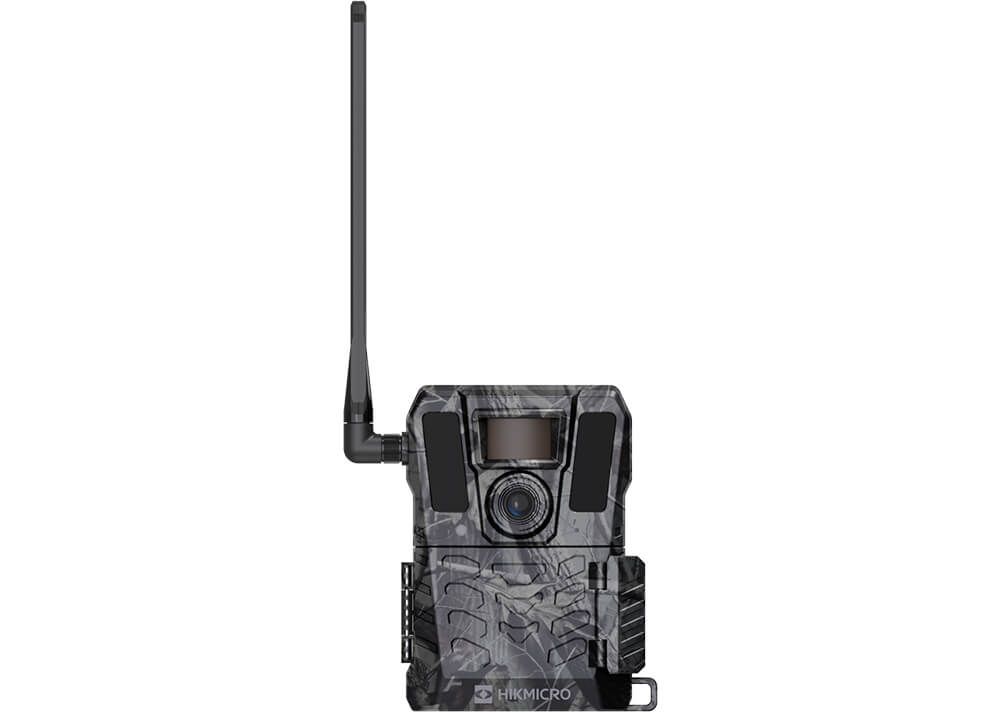
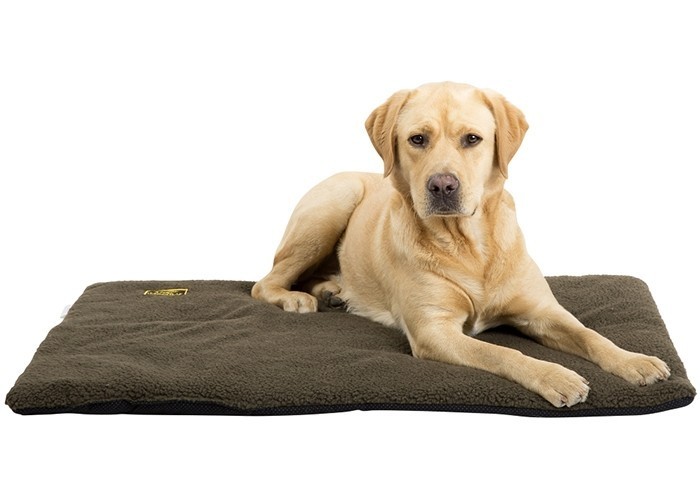



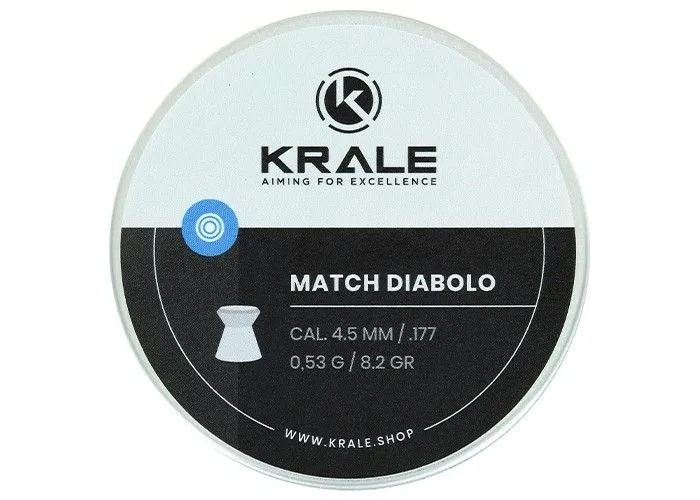


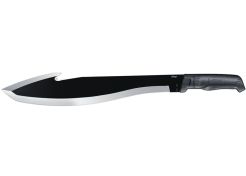

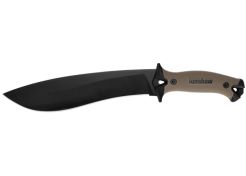
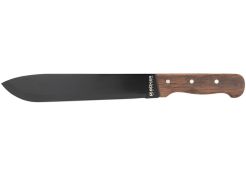




 Fast & secure delivery
Fast & secure delivery Secure shopping & payment
Secure shopping & payment Lots of expertise
Lots of expertise






